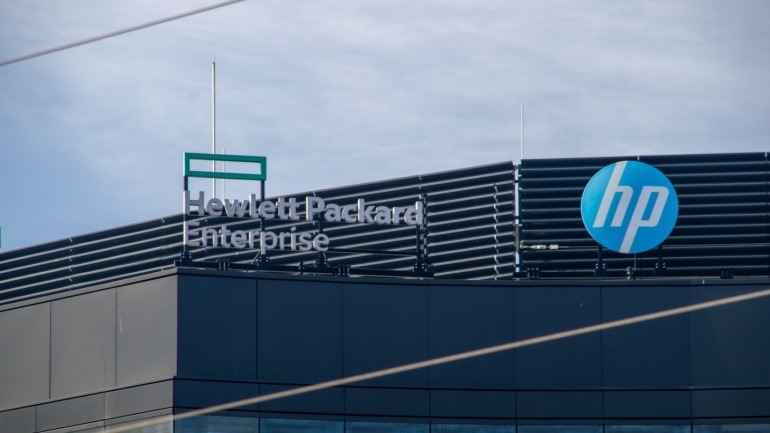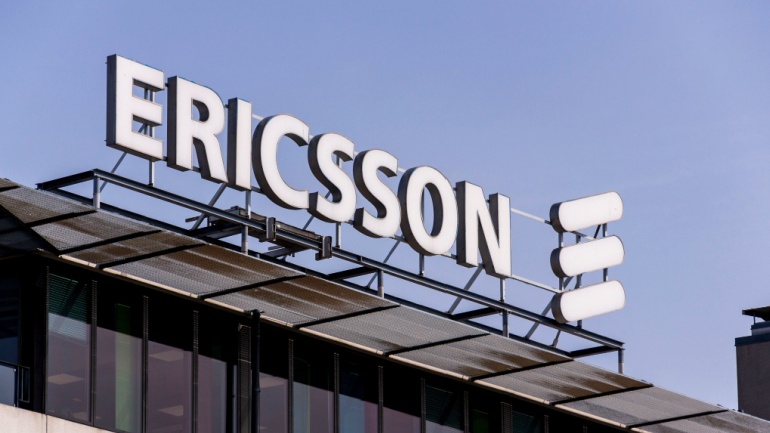In the approximately three years since the innovative 5G era began, the accomplishment stories have been limited. Interestingly, one of the most successful uses of 5G has not been via smartphones but instead via Fixed Wireless Access (FWA) application in the broad sphere of home broadband services.
It was reported earlier this year that FWA has witnessed a significant surge in the US. The technology amassed approximately 90% of the 3.5 million fresh broadband subscriptions included in 2022. Presently, an updated report from GlobalData delving into the US broadband market implies that this trajectory might continue. The report estimates that by 2028, FWA would account for 15.8% of all US broadband connections, a surge from 7.2% in 2023.
GlobalData’s report underscores the straightforward installation process and versatility of this technology as significant benefits. “Easy self-installation and affordability, combined with high reliability and performance, thanks to underlying 5G technology, are among FWA’s selling points,” elucidated GlobalData’s Principal Analyst Tammy Parker. FWA is a suitable alternative for homes and corporations that are yet to secure access to fibre networks and offers more choice than existing solutions from established service providers.
However, the report also conveys that FWA will face challenges competing with the speed and dependability of fibre broadband. This is a technology that is likely to become increasingly available across the US in the next half decade, owing to the plentitude of public funding through the Infrastructure Investment and Jobs Act. Tammy Parker expressed, “Fiber presents a significant challenge as it is highly reliable and can deliver the symmetrical multigigabit speeds that are increasingly demanded by consumers and businesses.”
Yet, FWA is undoubtedly going to remain a supplementary technology for quite some time, particularly in regions where fibre deployment is unsuitable. Consider, for instance, the rise in FWA usage in India, not just the US. Bharti Airtel recently introduced the country’s first 5G FWA offering. They have identified a significant opportunity for FWA as only 34 million out of the 303 million households in India have access to fibre currently.
Certainly, the rise in FWA is significantly impacting the US broadband market. Experts will delve deeper into this topic in the upcoming Connected America 2024 conference. Other relevant news includes Dish’s request for a time extension for the purchase of T-Mobile’s low-band spectrum; the competition between Safaricom’s M-Pesa and TeleBirr in Ethiopia’s mobile money market; and the fallout between the 6G Internet and advertising regulator over confusing consumers.







